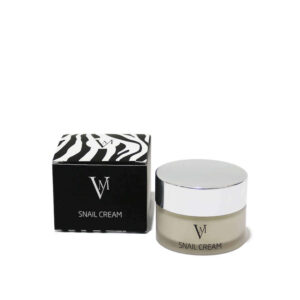
PRP for Tendonitis: A New Hope for Relief
Welcome, fellow tendonitis warriors! If you’ve been battling tendon pain, you’re not alone. Tendonitis, often caused by overuse or repetitive strain, can be a real pain – literally. But fear not, because there’s a new ray of hope on the horizon: Platelet-Rich Plasma (PRP) therapy.
Can PRP heal tendonitis?
Unveiling the Power of PRP
So, can PRP really heal tendonitis? The short answer: yes, it can! PRP therapy works by harnessing the body’s natural healing mechanisms to promote tissue repair and regeneration. When injected into the affected tendon, PRP delivers a concentrated dose of growth factors and cytokines, kickstarting the healing process and reducing inflammation.
Real-life Success Stories
Let me share a story with you. John, an avid runner, was sidelined by Achilles tendonitis – a painful condition that made every step excruciating. Traditional treatments provided temporary relief, but the pain always returned. Desperate for a solution, John turned to PRP therapy. After a few sessions, he noticed a significant improvement in his symptoms. Within a few months, he was back on the trails, pain-free and stronger than ever.
How long does it take for PRP to heal a tendon?
Navigating the Road to Recovery
Now, you might be wondering – how long does it take for PRP to heal a tendon? Well, the healing timeline can vary depending on several factors, including the severity of the injury and individual healing response. In general, most patients experience noticeable improvements within a few weeks to a few months after PRP treatment. However, it’s essential to remember that healing is a gradual process, and patience is key.
Factors Influencing Recovery
Keep in mind that your lifestyle and adherence to post-treatment protocols can also influence the speed and success of your recovery. Be sure to follow your physician’s recommendations for rest, activity modification, and rehabilitation exercises to optimize your results.
Addressing Common Concerns and FAQs
Dispelling Doubts and Misconceptions
Is PRP safe? Absolutely! PRP therapy is a minimally invasive procedure with minimal risk of adverse effects. Plus, with its natural approach to healing, PRP offers long-lasting results that can restore mobility and improve quality of life for tendonitis sufferers.
Conclusion
In conclusion, PRP therapy offers new hope for individuals struggling with tendonitis. With its ability to promote tissue repair and reduce inflammation, PRP is reshaping the treatment landscape for tendon injuries. If you’re dealing with tendonitis, don’t wait – explore the potential of PRP therapy and take the first step towards relief and recovery.

